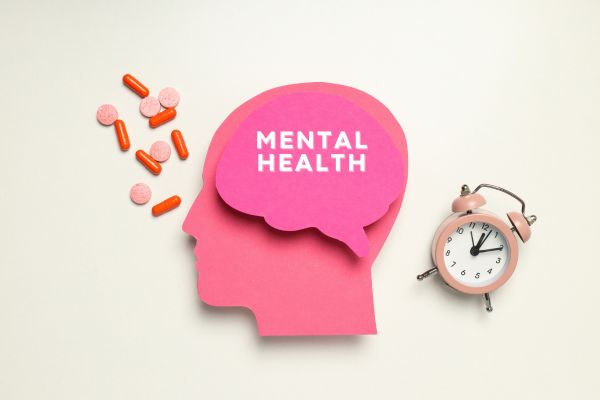It can be easy to overlook your own emotional needs as the loved one of someone with a drug addiction, but it’s essential to prioritize your well-being as well. Family support groups can be a great resource that provides access to others who are in the same situation as yourself. However, there is more than one organization dedicated to supporting friends and family members affected by a loved one’s addiction. Two of the most well-known are Families Anonymous and Al-Anon. Is one better than the other and, more importantly, which one is the best fit for you?
Families Anonymous vs Al-Anon
At first glance, both Families Anonymous and Al-Anon have many things in common. Both were created to offer support for the loved ones affected by someone else’s drug addiction and teach coping skills based on the 12-step format. As their names imply, both organizations prioritize anonymity and provide a judgment-free environment that requires no commitment or money.
The primary difference between the two is that Families Anonymous is geared towards family and friends whose loved one has any type of addiction such as drugs, sex, gambling, or anything else. Al-Anon is a more niche family support group that focuses on supporting those who are struggling with someone with an alcohol addiction. This, however, does not mean that Al-Anon exclusively serves the loved ones of alcoholics but simply that the messaging would be geared towards that specific disease.
Overview of Families Anonymous (FA)
Founded in California in 1971, Families Anonymous was established by a group of parents who were concerned about their children’s drug use and addiction. Today, the organization has groups worldwide in Canada, Italy, Mexico, Portugal, Spain, and the UK, along with over 150 in-person and virtual communities throughout the United States.
Families Anonymous also has several, what they describe as ‘niche’ meeting groups for specialized needs. These include groups dedicated to Spanish speakers, parents of adolescents, siblings, and bereavement support.
Five readings form the foundation of FA, these are:
Like many other 12-step-based groups, Families Anonymous borrows several elements from Alcoholics Anonymous, the originators of this format, but has no official affiliation. Several foundational pieces of FA’s literature have been adapted from AA (with permission). Further, the organizational structure is similar to that of Alcoholics Anonymous or any of its related organizations, including Al-Anon, like leadership roles rotate among members, groups are self-sufficient and only accept money from active members.
Overview of Al-Anon
Al-Anon is a “mutual support group” dedicated to supporting family members and friends who have an alcoholic in their lives. The organization has been around nearly as long as Alcoholics Anonymous itself and was officially established in 1951 by Lois W. the wife of Alcoholics Anonymous’ founder. Because of this close relationship, there are many overlaps between the literature, practices, and culture of Al-Anon and Alcoholics Anonymous.
Al-Anon is part of the larger Al-Anon Family Group which also includes Alateen, a support group for youths who have an addicted family member or friend in their lives. Beyond this, Al-Anon does not offer specialized subgroups, at least, at an organizational level. What Al-Anon does have is over 24,000 in-person chapters that potential meetinggoers can choose from. Due to how widespread the organization is, it’s not difficult to find individual chapters that might specialize in servicing specific communities.
Choosing the right family support group for you
Trying to decide between Families Anonymous and Al-Anon, or perhaps a different family support group, can be difficult. If you’re not sure where to start, here are a few factors that could shape your experience and should be considered.
What’s the type of addiction?
Although both family support groups have the same ultimate goal, to empower the friends of loved ones who are dealing with a loved one struggling with addiction, Al-Anon is geared towards alcohol addiction whereas Families Anonymous offers support for any type of addiction which could include drugs or behavioral issues.
Do you prefer online or in-person meetings?
Al-Anon has a much larger presence than Families Anonymous and has over 24,000 chapters just in the U.S. alone, which might make it easier to find in-person options. However, if you prefer virtual meetings then either family group could work for you.
Are you religious?
Both Families Anonymous and Al-Anon consider themselves spiritually-based organizations but not rooted in one particular religion. Both organizations have literature that references ‘God’ and other spiritual-based elements. If this makes you uncomfortable or would prefer a completely secular family support group, you might want to consider an entirely different option such as S.M.A.R.T.
Discover the benefit of family support groups today and find an Al-Anon meeting near you, today.
https://al-anon.org/for-members/wso/archives/al-anon-timeline









